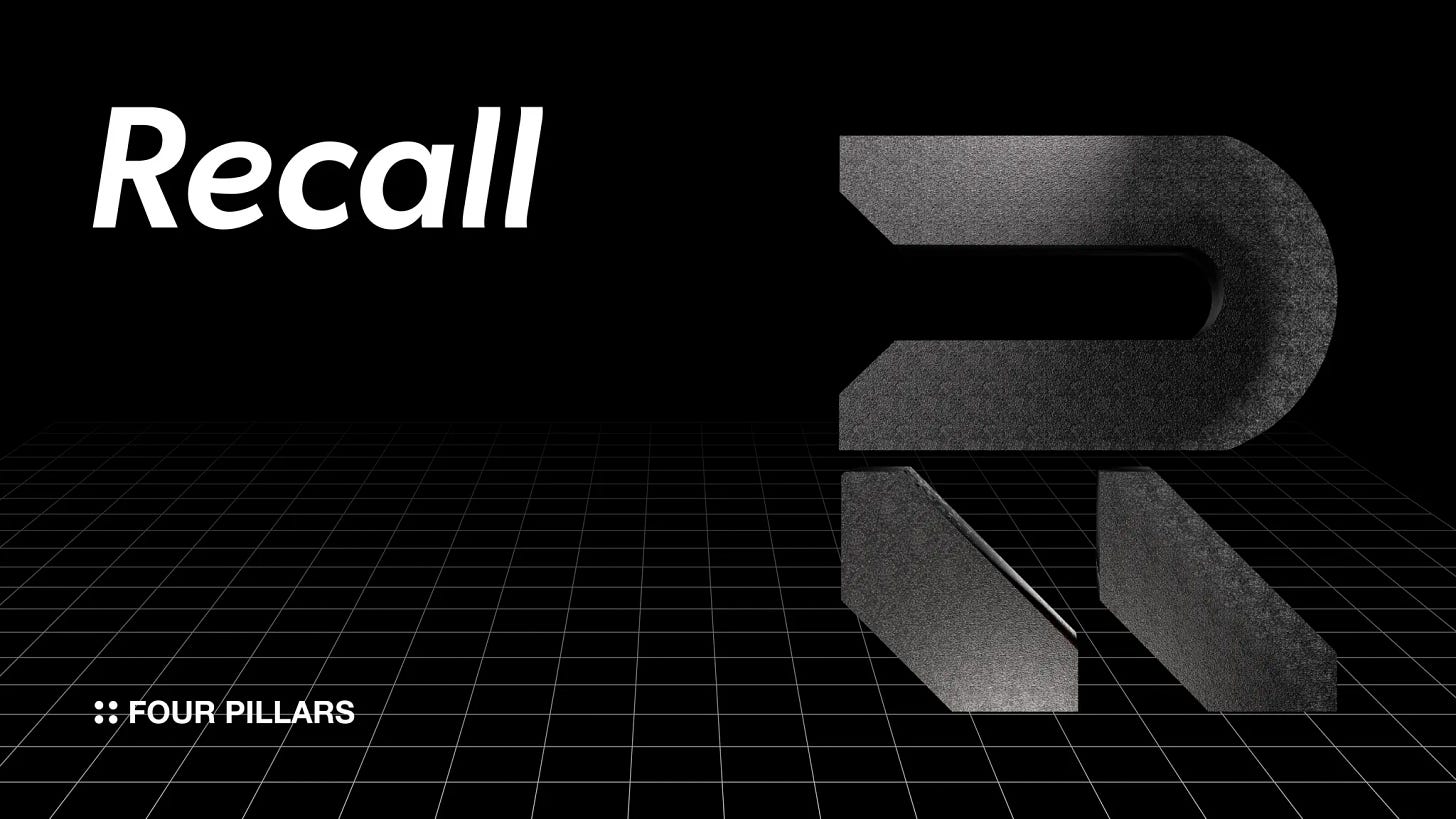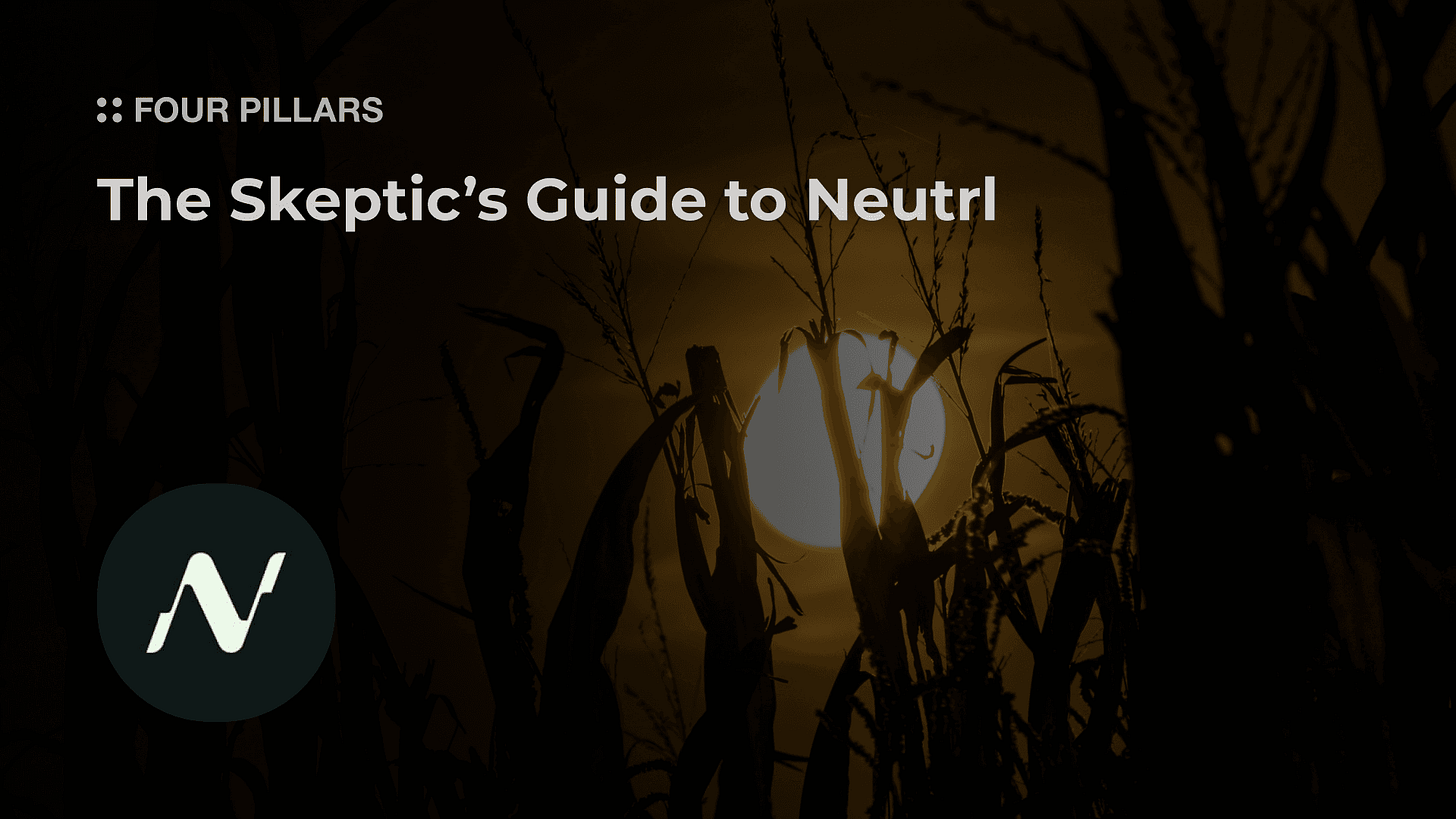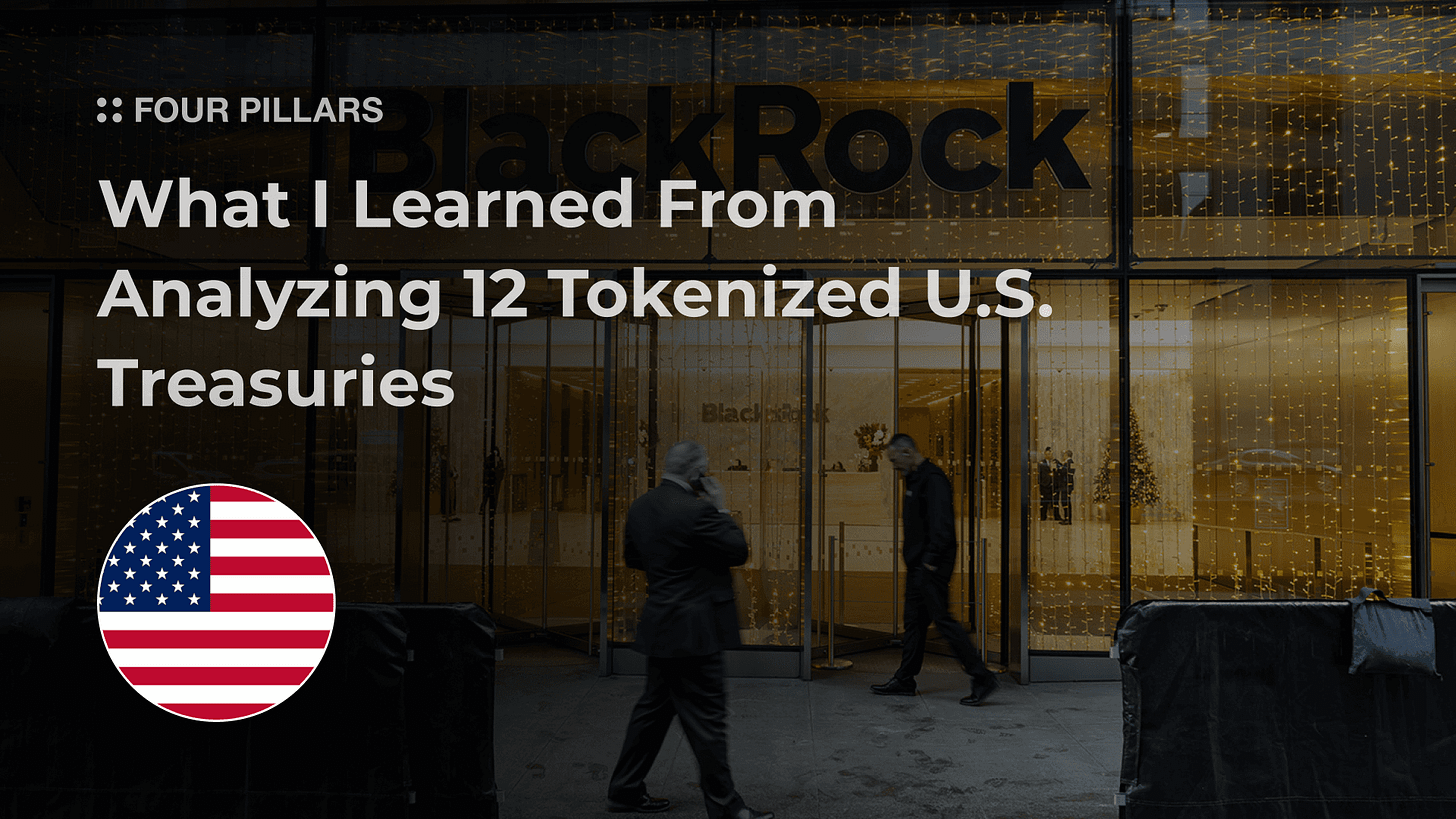The Onchain Frontier: AI Arena, Yield Strategies, and Tokenized Treasuries [FP Weekly 35]
Recap of Four Pillars research content on Week 35, 2025
[Article] Recall: The Onchain Arena for AI Agents
Written by Eren
In the early internet, Google’s PageRank algorithm ranked websites by relevance so users could quickly find what they needed. In the coming Internet of Agents, where countless AI agents will proliferate, how will users discover the right agents and know which ones to trust?
Recall standardizes agents using verifiable performance data and reputation scores. It begins with alternative benchmarking and, over time, aims to provide the infrastructure for fast, accurate agent discovery across the Internet of Agents.
The first task is to accumulate evaluation data through onchain competitions that address trust issues in legacy benchmarks. Recall evaluates performance with a dynamic benchmark in which agents compete in live simulation environments, then ranks agents using the resulting data.
Recall’s architecture comprises AgentRank, Curation Markets, Onchain Competitions, Skill Pools, and the Recall Predict. These modules operate independently yet interconnect to unify performance evaluation and incentives within a single protocol.
The best-case path follows Polymarket and Google PageRank. First, build a high-trust benchmark using market-like mechanisms that harness crowd wisdom and economic incentives. Then evolve into an agent search engine akin to PageRank, capturing the first touchpoint of the Internet of Agents.
[Issue] The Skeptic’s Guide to Neutrl
Written by Ponyo
Neutrl’s core play is built on three main sources: buying locked tokens at steep discounts via OTC deals and hedging them with perp shorts, earning funding premiums from basis trades, and staking yield on hedged locked collateral when possible.
Together, these package hedge fund grade strategies into a synthetic dollar so ordinary users can access real trading yield.
The product is already drawing capital, with about $50 million in private beta deposits earning around 29% APR, and the opportunity set is vast: $55 billion in token unlocks over the next two years and $200~400m in monthly OTC volume.
Altcoin funding rates reward shorts roughly three quarters of the time (funding was positive on about 77.5 % of days between April 2004 and April 2005), so basis trades tend to pay shorts rather than cost them.
To harvest these spreads safely, Neutrl uses KYC, escrow and legal checks with counterparties, hedges price exposure and keeps reserve buffers to ride out negative funding or market shocks.
[Issue] What I Learned from Analyzing 12 Tokenized U.S. Treasuries
Written by 100y
One of the most actively tokenized assets in the RWA market is US government bonds. This is due to their overwhelming liquidity, stability, relatively high yield, growing institutional participation, and ease of tokenization.
The tokenization of US government bonds does not involve any special legal mechanism. Instead, tokenization is achieved when the transfer agent responsible for managing the official shareholder registry uses blockchain instead of the traditional internal database for operations.
This article presents three frameworks for analyzing major US government bond tokens. The first is an overview of the token, including protocol summary, issuance volume, number of holders, and management fees. The second is the regulatory framework and issuance structure, and the third is on-chain use cases.
Since US government bond tokens are digital securities, they must comply with securities laws and related regulations. This has a significant impact on issuance volume, number of holders, on-chain use cases, and more. The article addresses the dynamics of how these seemingly unrelated factors influence one another.
Lastly, contrary to common perception, US government bond tokens face many limitations. The final part of the article includes insights on these constraints.
This Week’s Research
[Articles]
[Issues]
Beyond Layer“Zero” - Their Ambition Shown Through the Stargate Acquisition
From Tokyo to Wyoming: How Governments/Banks Are Shaping Stablecoins




